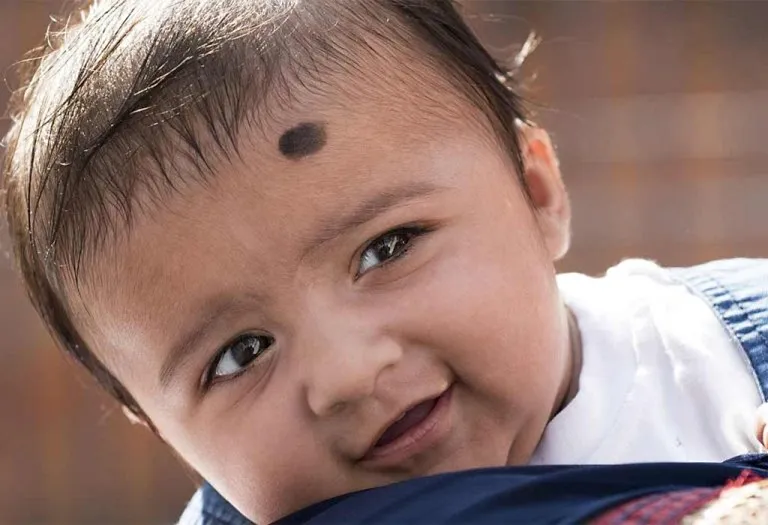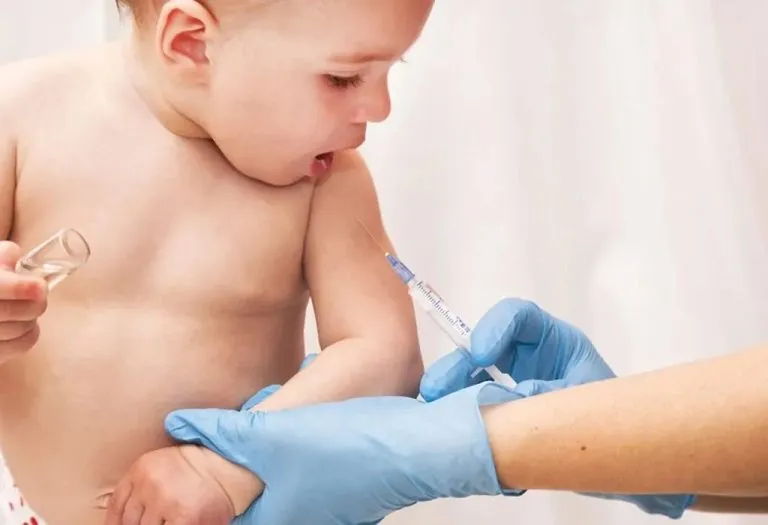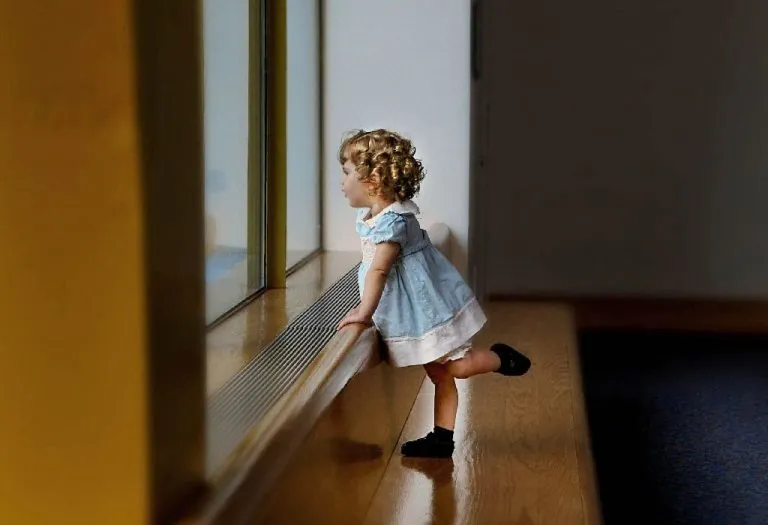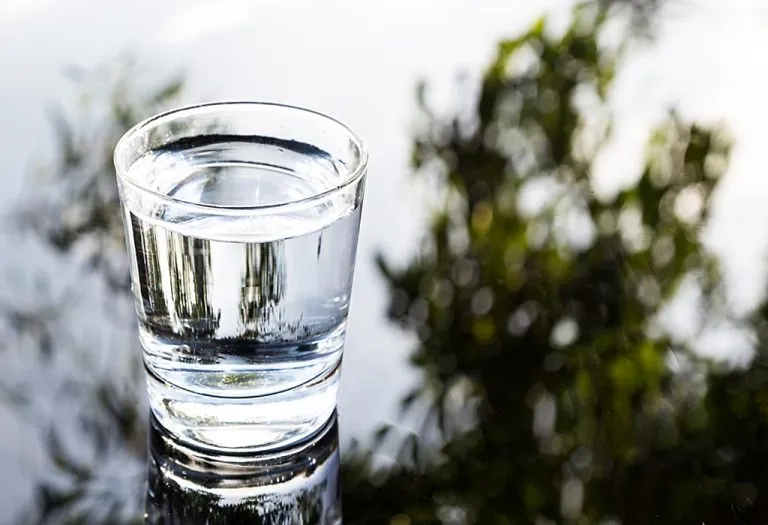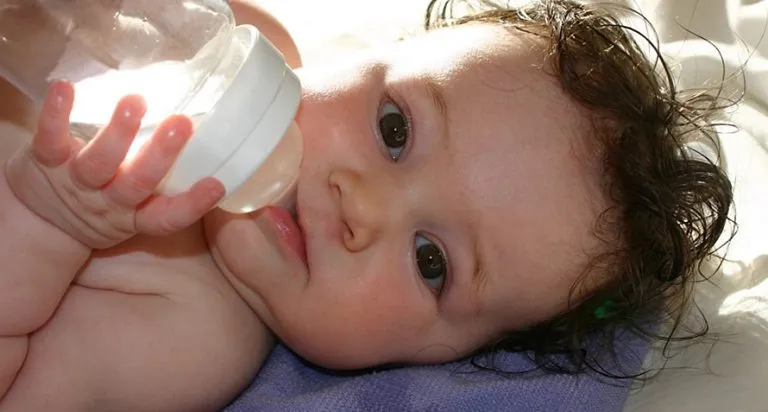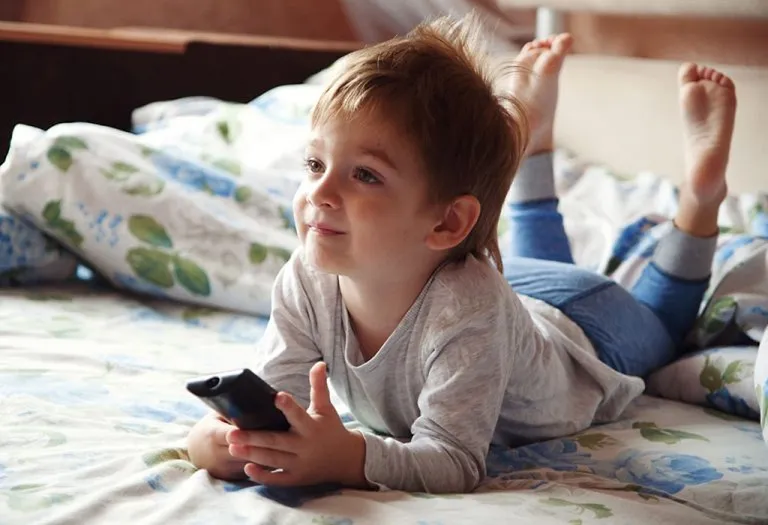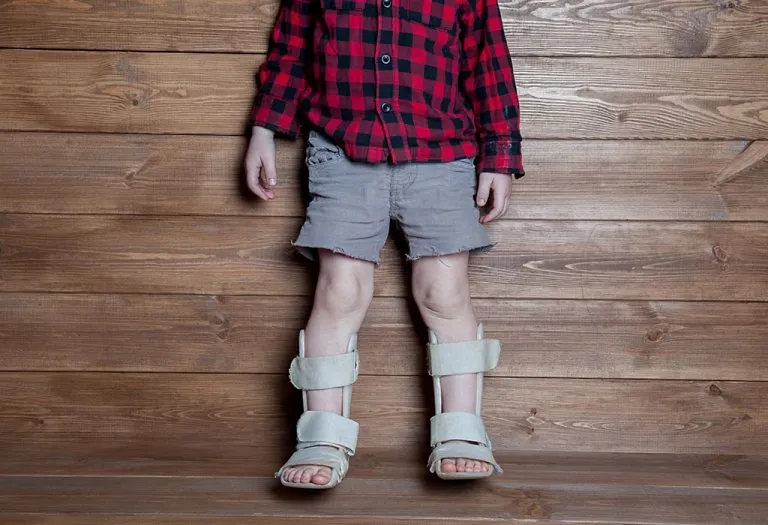Kajal for Babies Eyes: Is It Safe?

In India, there’s a long-standing tradition of applying kajal to a baby’s eyes, and it’s more than just a beauty ritual. It’s thought to have protective powers against the evil eye and the harsh sun. People say it can even make a baby’s eyes appear bigger, keep them healthy, and boost their vision. But for many moms, there’s a lingering worry about whether kajal is safe for their baby’s eyes or not. So, they’re searching for reassurance in the midst of this blend of age-old practices and contemporary concerns. Read on to understand whether it’s safe to apply kajal for baby’s eyes.
Is Kajal Good for Baby’s Eyes?
Even though applying kajal for a newborn baby is considered good by many Indian families, the truth is that it is an extremely harmful practice, with possible negative consequences (1).
Reasons to Avoid Applying Kajal to your Newborn’s Eyes
- Many commercially produced baby eye kajal products have high levels of lead in them (2). Lead is extremely harmful to the baby as a prolonged application can lead to excessive lead storage in the baby’s body. It can affect the organs, the brain, and bone marrow, causing low IQ, anaemia, and convulsions.
- While applying kajal to your baby’s eyes, if your hands are not clean, they may transfer infections to the baby. Also, you might accidentally hurt your baby’s eyes with your nails or fingers while rubbing the kajal on.
- During a bath, kajal can mix with water, run down and block the opening between your baby’s eyes and nose, causing infections later on.
- Kajal can also lead to watery eyes, irritation, itchiness, and other allergies in your baby. In worse cases, it can damage your baby’s vision too (3).
Common Beliefs of Indian Families for Applying Kajal to Newborn’s Eyes
- Applying kajal to a baby’s eyes will make his or her eyes bright, luminous, and attractive.
- Applying kajal to a newborn’s eyes will ward off the evil eye.
- Kajal supposedly soothes and protects the eyes from the harsh sun and also prevents infections (4).
What Is the Alternative to Kajal for an Infant’s Eyes?
- The safest and best option is to apply a dot of herbal kajal for baby behind one of your baby’s eyes, at the hairline near the forehead or on the sole of your baby’s foot if you are particular about warding off the evil eye.
- Even though the application of kajal is not recommended if you wish to apply it to your child’s eyes, it’s better to make the kajal at home. This way, you can regulate the ingredients and protect your baby’s eyes from high amounts of lead that present in store-bought kajal. This can be done by using almond oil which is rich in Vitamin E, making it somewhat safe. The steps to make your own natural kajal have been shared below.
Is it Safe to Use Store-Bought Kajal?
The answer is NO – it is not safe to use store-bought kajal. As explained earlier, most commercially produced kajal products have a high amount of lead, excess amounts of which can cause anaemia, convulsions and lower IQ in children. The ingredients of store-bought kajal can cause itchiness and watery eyes in your baby.
How to Make Kajal at Home for Babies?
Homemade kajal for babies is the right way to go if you want to protect your baby from the ill-effects of kajal but still follow the traditional beliefs. Homemade kajal for newborn baby is quite easy and does not require any fancy ingredients. Here’s how you can make kajal at home.
What You Need
- Two equal-sized bowls with flat bottoms (you can use steel or anything heat-resistant)
- One thick plate (preferably made of brass)
Note: Make sure that the plate and bowls are sterilised before using them.
- Ghee (few drops)
- Matchbox
- Diya (an oil lamp) and a wick
- Castor oil (to burn the diya)
- Knife
- A small box to store the kajal
How to Make
- Invert both bowls and place them flat on the floor with a small gap between them.
- Invert the plate and balance it on both the bowls, creating a bridge. This is where it becomes crucial to use flat-bottomed bowls so that the plate can balance on them. It will be difficult to balance the plate on round-bottomed bowls.
- Pour castor oil into the diya and place the wick in it. Light and set the diya under the bridge, below the plate.
- The diya’s flame should be touching the plate. If this does not happen, use smaller sized bowls to decrease the height.
- Wait for around 20 minutes.
- Taking care not to burn yourself, slowly lift the plate.
- You will see black soot which has collected on the plate’s inverted surface.
- Scrape it carefully with a knife into the small box.
- Add a few ghee drops to make a paste.
- Store it in a cool, dry place.
How You Can Safely Apply Kajal to a Newborn?
Applying kajal to a newborn’s eyes is a tradition deeply ingrained in Indian culture, believed to offer protection and ward off negativity. However, ensuring its safe application is paramount for parents. Here are some tips to safely apply kajal to your newborn, drawn from expert advice and traditional wisdom.
1. Choose the Right Kajal
Opt for a kajal specifically formulated for babies, free from harmful chemicals and irritants. Look for natural ingredients like almond oil or ghee, known for their soothing properties.
2. Ensure Cleanliness
Before applying kajal, wash your hands thoroughly to prevent the transfer of germs to your baby’s delicate eyes. Ensure the kajal applicator or stick is clean and sterile to avoid any risk of infection.
3. Apply Sparingly
Less is more when it comes to applying kajal to a newborn’s eyes. Use a minimal amount to create a thin line along the lower lash line, avoiding contact with the inner corner of the eye.
4. Be Gentle
Handle your baby with utmost care during the application process. Use gentle strokes and avoid any pressure on the eye area to prevent discomfort or injury to your little one.
5. Monitor for Reactions
After applying kajal, observe your baby for any signs of irritation or allergic reaction. If you notice redness, swelling, or excessive tearing, remove the kajal immediately and consult a pediatrician.
Common Myths and Truths Related to Applying Kajal to Baby’s Eyes
Although the usage of kajal clearly has so many adverse effects, people continue to apply it to their baby’s eyes. Here are a few myths associated with this practice, and the corresponding facts busting those myths:
1) Kajal Makes Eyes and Eyelashes of an Infant Longer
No, it doesn’t. The physical features of a baby’s face are determined by genes and genes alone. So no amount of kajal is going to stretch the muscles around the baby’s eye socket and make it bigger.
2) Applying Kajal Will Help the Baby Sleep Longer
There is no scientific evidence supporting this myth. Babies already sleep for 18-19 hours a day, is there any point for making a baby sleep longer than that?
3) Homemade Kajal is Safe
No. Homemade kajal might be safer than store-bought ones, but it still contains carbon which is unsafe for the baby’s eyes. Also, infections can be passed from your fingertips to the baby’s eyes during the process of application.
4) Kajal Helps to Protect Baby From the Evil Eye
This is purely a traditional belief and has no scientific base.
5) Kajal Helps to Repair Baby’s Eye Form
No. If this were true, doctors would be prescribing them to patients. Kajal does not affect a baby’s eye form whatsoever.
FAQs
1. Can kajal application affect my baby’s vision?
While there are claims that kajal can improve eyesight, there’s limited scientific evidence to support this. However, excessive or improper application of kajal may potentially obstruct vision temporarily. It’s crucial to apply kajal sparingly and ensure it doesn’t enter the eye.
2. When is the right time to start using kajal?
There’s no set age for introducing kajal to a baby’s eyes. Some families begin the practice shortly after birth, while others wait until the baby is a few months old. Ultimately, the decision rests with the parents, considering cultural beliefs and their comfort level with the practice.
3. What should I do if my baby shows signs of discomfort?
If your baby exhibits signs of eye irritation or discomfort after kajal application, such as redness, swelling, or excessive tearing, remove the kajal immediately. Rinse the eyes gently with clean water and consult a pediatrician if symptoms persist.
Whatever you decide to do, hygiene is the most critical element to keep in mind while taking care of your baby. Remember that your baby’s eyes are naturally beautiful, and applying kajal can cause damage to them. It is better to avoid using it than to take a risk when your little one’s eyes are at stake.
References/Resources:
1. Mohta. A; Kajal (Kohl) – A dangerous cosmetic (Oman Journal of Opthalmology); National Library of Medicine; https://www.ncbi.nlm.nih.gov/pmc/articles/PMC3003848/
2. Tiffany-Castiglioni. E, Barhoumi. R, Mouneimne. Y; Kohl and surma eye cosmetics as significant sources of lead (Pb) exposure; QScience; https://www.qscience.com/content/journals/10.5339/jlghs.2012.1;jsessionid=SazKz8HzmpAa7-JtPWVj0PU_.hbkuplive-10-240-9-117; November 2012
3. Navarro-Tapia. E, Serra-Delgado. M, Fernández-López. L, Meseguer-Gilabert. M, et. al.; Toxic Elements in Traditional Kohl-Based Eye Cosmetics in Spanish and German Markets (International Journal of Environmental Research and Public Health); National Library of Medicine; https://www.ncbi.nlm.nih.gov/pmc/articles/PMC8201171/; June 2021
4. Roy. S, Chand. B; Herbal Kajal/Kohl: An Overview; International Journal of Innovative Science, Engineering & Technology; https://ijiset.com/vol7/v7s7/IJISET_V7_I7_32.pdf; July 2020
5. Kohl, Kajal, Al-Kahal, Surma, Tiro, Tozali, or Kwalli: By Any Name, Beware of Lead Poisoning; U.S. Food & Drug Administration; https://www.fda.gov/cosmetics/cosmetic-products/kohl-kajal-al-kahal-surma-tiro-tozali-or-kwalli-any-name-beware-lead-poisoning
6. Infant Lead Poisoning Associated with Use of Tiro, an Eye Cosmetic from Nigeria — Boston, Massachusetts; Centers for Disease Control and Prevention; https://www.cdc.gov/mmwr/preview/mmwrhtml/mm6130a3.htm
Also Read:
Baby Eye Color
Swollen Eyes in Baby
Dark Circles Under A Baby’s Eyes
Baby Eye Color – When Does it Change and More
Was This Article Helpful?
Parenting is a huge responsibility, for you as a caregiver, but also for us as a parenting content platform. We understand that and take our responsibility of creating credible content seriously. FirstCry Parenting articles are written and published only after extensive research using factually sound references to deliver quality content that is accurate, validated by experts, and completely reliable. To understand how we go about creating content that is credible, read our editorial policy here.






